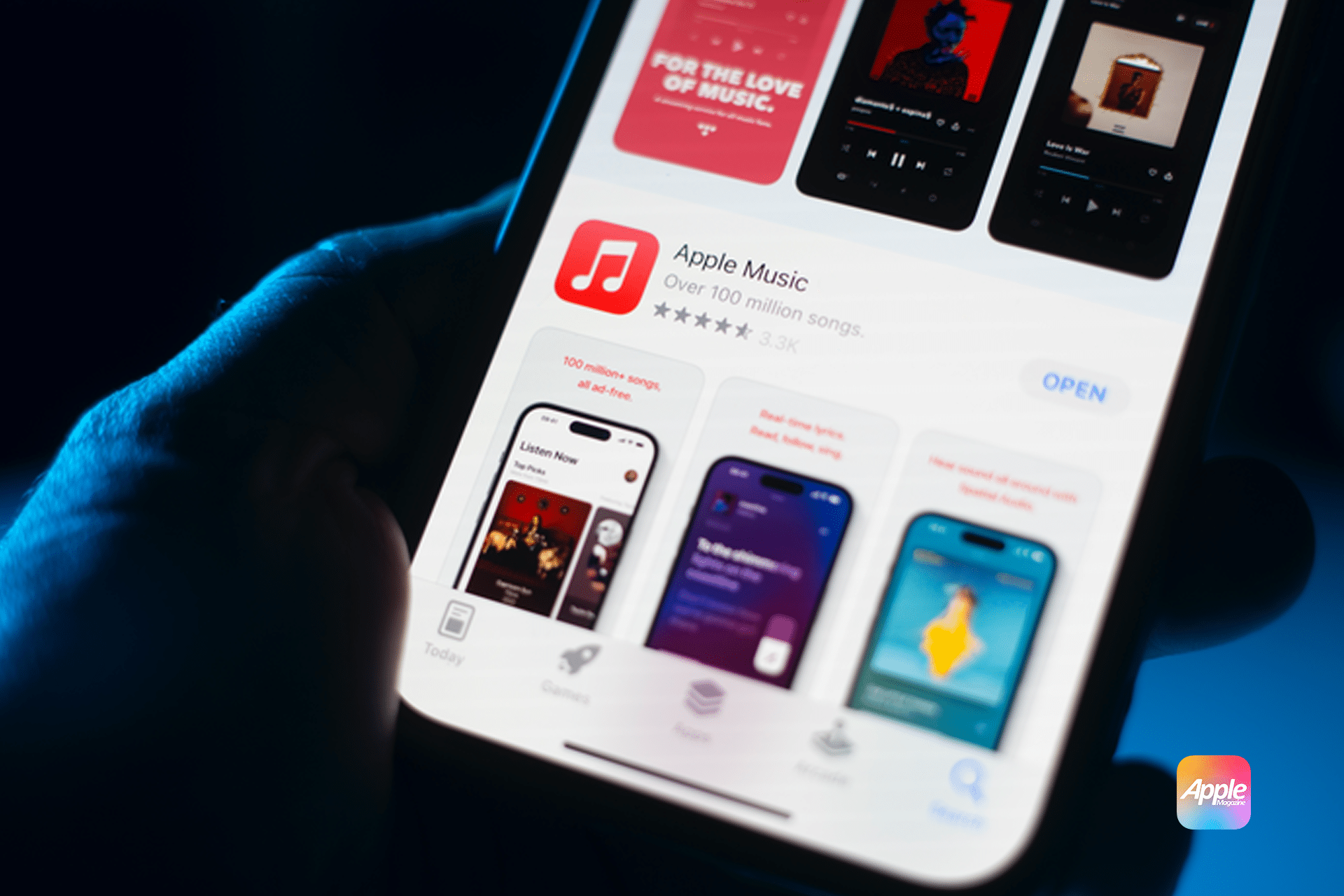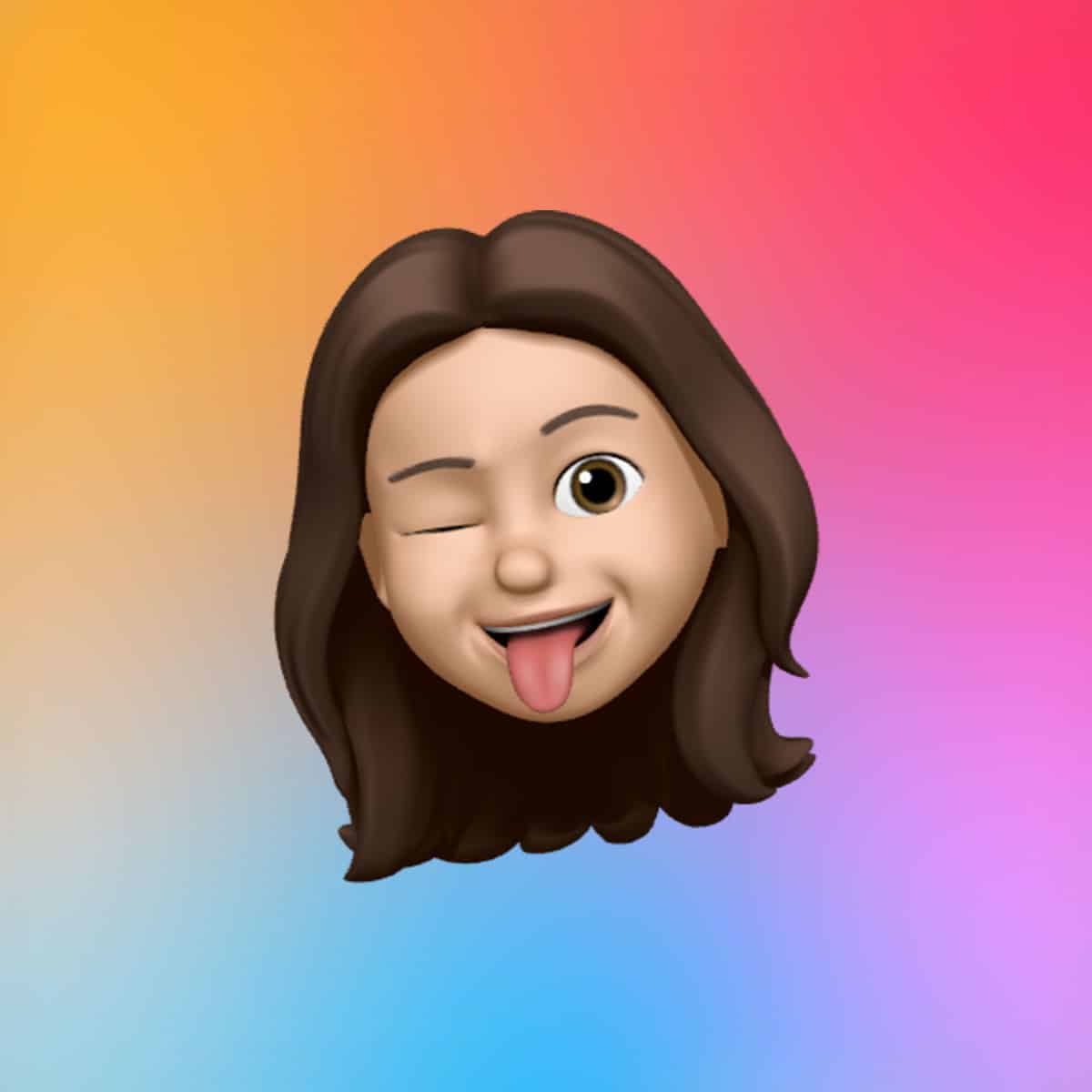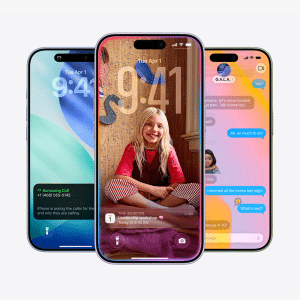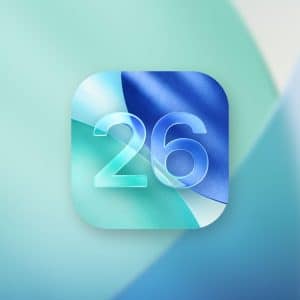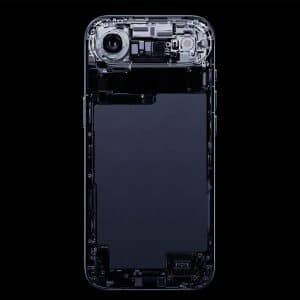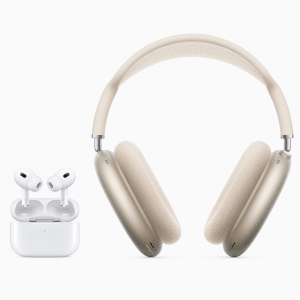Music has long been a go-to for setting the mood—whether it’s a high-energy playlist for a workout or soft tunes to unwind. Apple Music Sound Therapy takes this further by reengineering tracks to influence brain activity. According to 9to5Mac, the feature includes three curated playlists—Focus, Relax, and Sleep—featuring extended or reimagined versions of songs by artists like Katy Perry, Imagine Dragons, and Kacey Musgraves. These tracks, crafted by UMG’s Sollos initiative in London, blend familiar melodies with auditory beats or colored noise, such as white or pink noise, to trigger specific mental states.
The science behind Apple Music Sound Therapy is straightforward yet sophisticated. Gamma waves and white noise—a whoosh-like blend of all sound frequencies—boost concentration by masking distractions, ideal for work or study. Theta waves in the Relax playlist promote calm, helping users de-stress. For sleep, delta waves and pink noise, resembling gentle rainfall, encourage deeper rest. TechCrunch, citing Apple’s press release, noted that these enhancements preserve the artist’s original vision, ensuring the music feels authentic rather than clinical. This balance makes Apple Music Sound Therapy accessible to both casual listeners and those seeking wellness benefits.
Why It Matters for Users
Apple Music Sound Therapy aligns with Apple’s broader push into health and wellness, seen in products like Apple Watch and Apple Fitness+. MacRumors clarified that the feature requires an Apple Music subscription ($5.99 for students, $10.99 for individuals), making it exclusive to subscribers. Users can access the playlists in the Music app, with Apple recommending 20-minute sessions in a quiet setting or with headphones for optimal effect. Unlike generic wellness apps, Apple Music Sound Therapy leverages songs users love, such as Sam Smith’s “How Do You Sleep?” or Ludovico Einaudi’s compositions, reimagined for focus or sleep.
The practical appeal is clear: in a world of constant distractions, this feature offers a tech-driven solution to improve productivity and rest. AppleInsider highlighted its potential to rival apps like Calm, with X posts praising its sleep and focus benefits. Students can use the Focus playlist to power through study sessions, while professionals might rely on Relax to decompress. The Sleep playlist addresses insomnia without medication. Variety reported that the cognitive science foundation of Apple Music Sound Therapy lends credibility, though Apple and UMG stress it supports well-being, not medical treatment.
The Tech Behind the Tunes
UMG’s Sollos initiative powers this feature, combining producers, scientists, and audio engineers to enhance tracks. Music Business Worldwide explained that Sollos uses psychoacoustics—how sound shapes perception—and cognitive science to craft auditory beats that align with brain activity. For instance, Imagine Dragons’ tracks in the Focus playlist might feature gamma waves for alertness, while Kacey Musgraves’ songs in Sleep use delta waves for rest. This meticulous process ensures the feature delivers both art and function.
The feature builds on Apple Music’s wellness efforts, like the Chill radio station with hosts like Zane Lowe. Cult of Mac noted that it positions Apple Music as a lifestyle platform, not just a streaming service. UMG’s Michael Nash, quoted by Apple, called the feature a “milestone for our Sollos initiative,” blending innovation with commercial appeal. Integration into Apple’s ecosystem hints at future possibilities, like syncing with Apple Watch for tailored wellness insights.
Limitations and Future Potential
Apple Music Sound Therapy has limitations. Its exclusivity to subscribers restricts access, and some X posts questioned its value compared to free wellness apps. MacRumors forums included skepticism, with one user dismissing wellness features as overhyped. Apple and UMG clarify that it isn’t a medical solution, and ongoing Sollos research aims to strengthen its scientific backing. Trusted Reviews speculated that future updates could expand the artist lineup or integrate with Apple’s health tools for personalized experiences.
Despite these hurdles, the feature stands out as a bold innovation. It leverages Apple’s health-tech expertise and UMG’s artist catalog to differentiate Apple Music in a crowded market. Its focus on user-centric wellness ensures it resonates with subscribers seeking practical tools for better living.
A Soundtrack for Better Living
Apple Music Sound Therapy redefines music’s role in daily life, offering a science-backed way to focus, relax, and sleep. For subscribers, it transforms Apple Music into a wellness companion, adding value beyond streaming. As Apple pushes the boundaries of health and technology, this feature paves the way for a future where music and well-being are intertwined, delivering real benefits through beloved songs.

